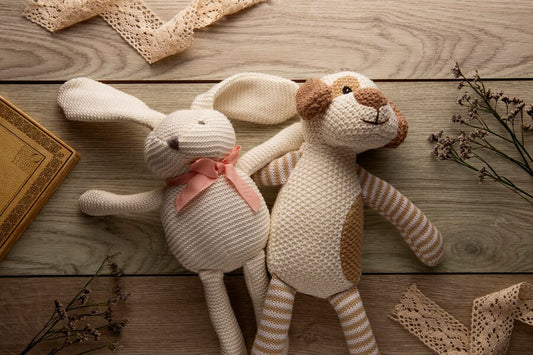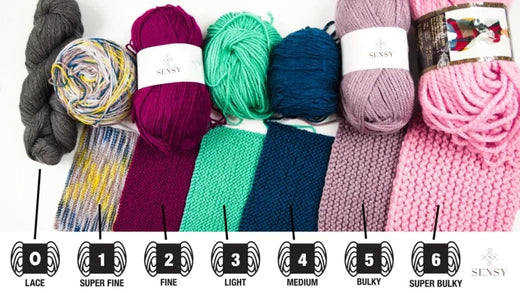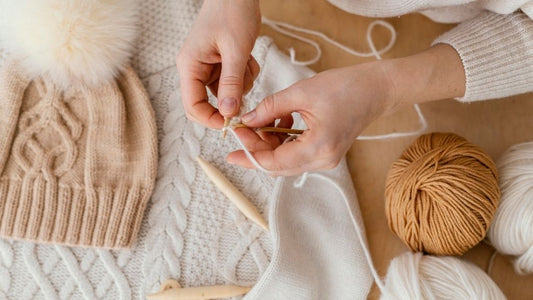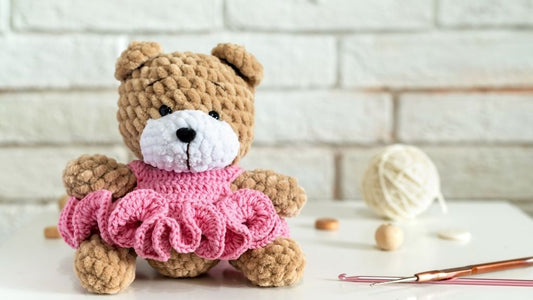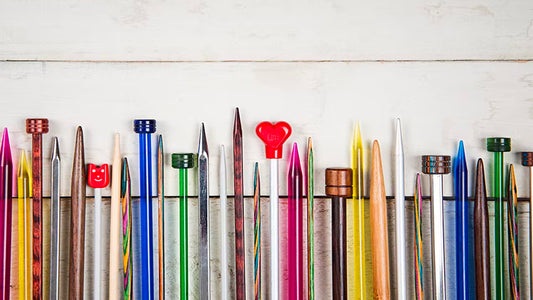
Beginner's Guide: How to Start Knitting
Knitting is an ancient craft that not only produces beautiful and functional items but also offers a therapeutic escape from the hustle and bustle of daily life. Whether you're looking to create cozy scarves, intricate sweaters, or adorable toys, knitting can be a rewarding hobby to pick up. In this beginner's guide, we'll walk you through the basics of knitting, from understanding what it is to gathering the necessary tools to get started.
What is Knitting?
At its core, knitting is the process of creating fabric by interlocking loops of yarn using needles. This simple yet versatile technique allows you to produce a wide variety of items, from simple squares to intricate lace patterns. Unlike crochet, which uses a single hook, knitting employs two or more needles to manipulate the yarn.
What Do I Need to Begin Knitting?
Before diving into your first knitting project, you'll need to gather a few essential tools:
-
Yarn:
- Choosing the right yarn is crucial for the success of your knitting project. Yarn comes in various fibers, weights, and textures, each suitable for different purposes. As a beginner, opt for a medium-weight yarn made of smooth, easy-to-work-with material such as wool or acrylic. Avoid overly fuzzy or slippery yarns, as they can be challenging to handle for beginners.
- Consider the color and texture of the yarn based on your project. Solid colors and smooth textures are ideal for showcasing stitch patterns, while variegated or textured yarns can add visual interest to simple designs.
-
Knitting Needles:
- Knitting needles come in different materials, lengths, and sizes, each serving a specific purpose. For beginners, straight or circular needles made of lightweight materials like aluminum or bamboo are recommended.
- Needle size corresponds to the thickness of the yarn you're using. Most yarn labels indicate the recommended needle size for that particular yarn. Start with a medium-sized pair of needles (US size 8 or 9) for your first project, as they are versatile enough to work with various yarn weights.
- Circular needles are useful for knitting large or heavy projects like blankets or sweaters, as they distribute the weight evenly and allow for seamless knitting in the round.
-
Additional Tools:
- Stitch markers: These small rings or clips help you keep track of specific points in your knitting, such as the beginning of a round or a pattern repeat.
- Tapestry needle: Used for weaving in loose ends and sewing seams together, a tapestry needle with a blunt tip is essential for finishing your knitting projects neatly.
- Scissors: A pair of sharp scissors is necessary for cutting yarn and trimming excess ends.
- Measuring tape: To ensure your finished project matches the desired dimensions, a flexible measuring tape comes in handy for taking accurate measurements.
Embarking on your knitting journey can be both exciting and rewarding. By understanding the basics of knitting and assembling the necessary tools, you're well-equipped to start creating beautiful handmade items. Remember, like any skill, knitting takes time and practice to master, so don't be discouraged by initial setbacks. With patience and persistence, you'll soon be knitting with confidence and delighting in the joy of handmade creations.

